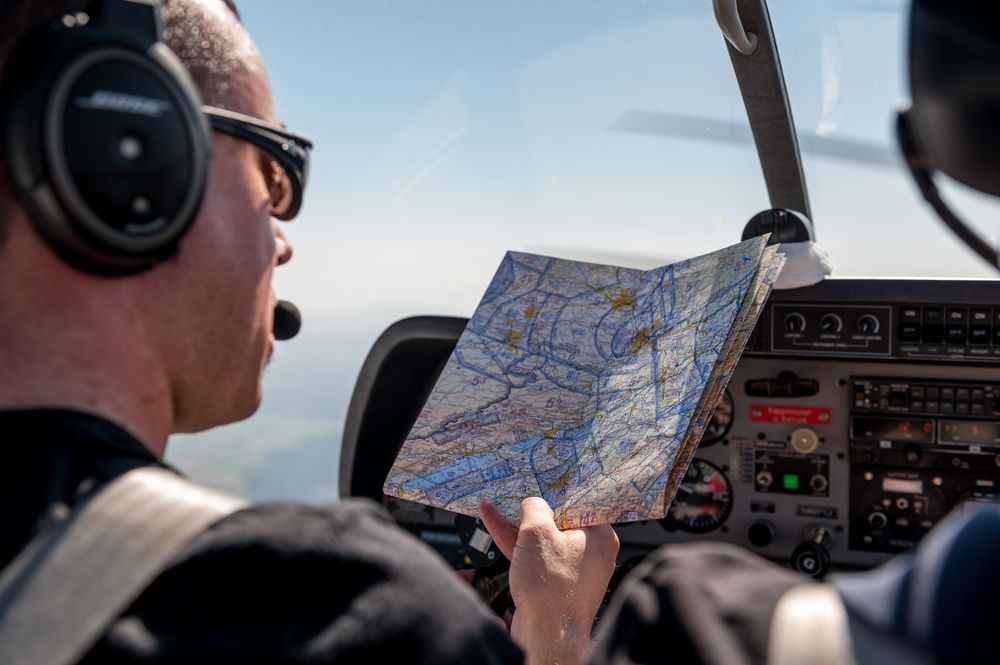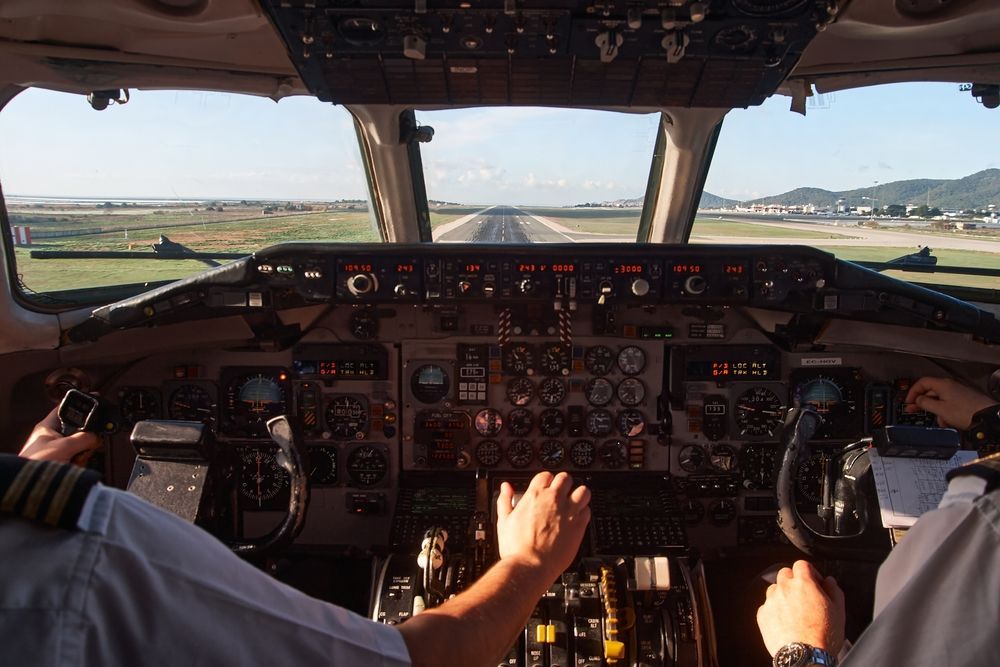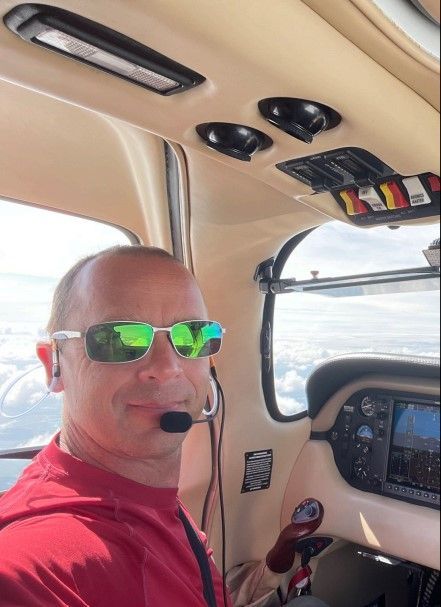
Written by: J.A. Flight Training
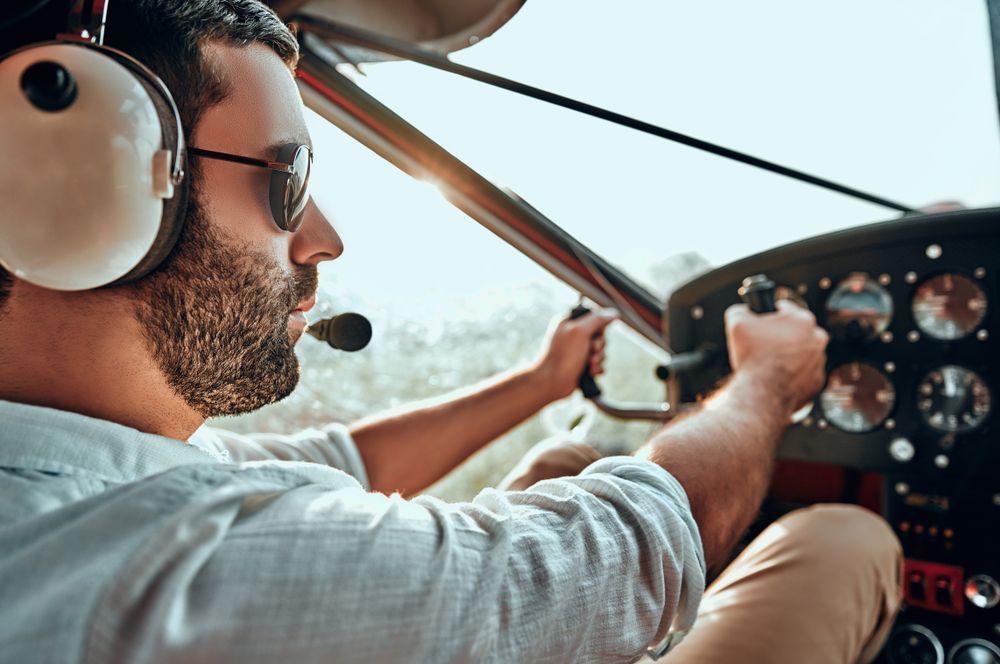
Whether you want to become a private pilot, fly commercially for a living, or pursue any other type of pilot certificate, you will most likely have to complete your first solo flight. The first time flying alone can feel challenging, testing your skills like never before.
Before you start freaking out about the stakes, remember that every pilot has completed a solo flight and that you will hardly be the first one to do so without mishap. Still, a few basic steps can help make your experience better, safer, and more rewarding. Let's take a look.
Preparing for Your First Time Flying Alone
Whether you're fresh out of high school or college or are in the middle of your career and looking for a change, you will inevitably have to fly alone at some point. Solo flight hours are a requirement for becoming a pilot.
To prepare for your first time flying alone, it helps to review all of your training up to this point. Make a list of any final questions you have for your instructor, and make sure to ask before you take to the air. Most likely, by the time you are cleared to fly alone, you'll have all the skills you need, but it pays to make sure.
Meeting Solo Flight Requirements
In order to get your pilot's license in Illinois or anywhere else, you have to complete certain requirements as set by the Federal Aviation Administration. The same is true when being cleared for your first solo flight.
Before your first time flying alone, you will need specific training on a variety of topics, practice with certain flight maneuvers, a third-class medical certificate, and a few other requirements. Your instructor will help you make sure that you have completed these and any necessary flight skills before approving that first solo flight.
Mastering the Ground Practice
You don't have to be in an airplane to practice the skills needed for your first solo flight. You can think about traffic patterns, consider wind factors, and practice your radio pattern without ever going up into the air.
Spending a lot of time on these fundamentals will help you feel more confident and more excited about taking flight. That way, you not only feel less anxious about your first time flying alone, but you're more prepared in an emergency as well.
Setting Up Your Traffic Pattern
You should avoid waiting until the last minute to think about your approach. Instead, consider your position in relation to the runway at every stage of landing, from the beginning of your descent to the moment you touch down.
Your speed, altitude, communications, and setup all matter. You must be confident about all of them before your first solo flight, and not just at your own familiar airport. You need the skills to do this safely anywhere.
Using Visual Cues for Flight Guidance
If you become instrument-rated and cleared to fly in rough weather, then visual cues will matter less to you. However, until then, it will be important to understand how to use visual cues, as many pilots do so routinely. Feel free to use these cues for your first solo flight.
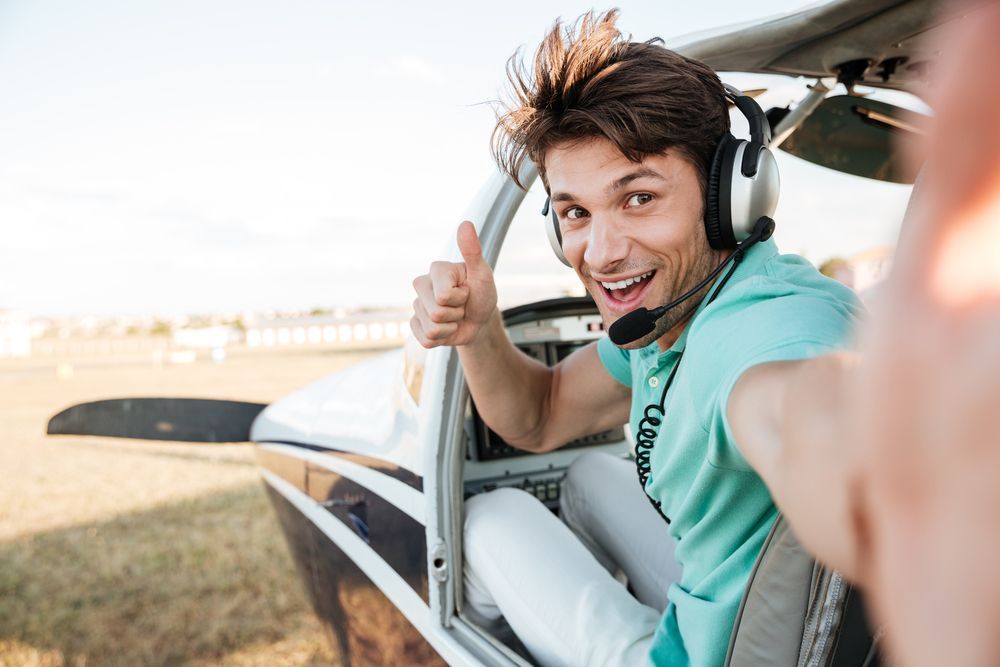
Understanding Emergency Protocols
It is critical you have a thorough understanding of medical and emergency protocols before your first solo flight. Your instructor has the responsibility of ensuring that you have checked these boxes, but it is also incumbent upon you to make sure you are prepared for a crisis before you embark on your first time flying alone.
Overcoming Pre-Flight Nerves
There are plenty of ways to work on your preflight nerves. These include:
- Reviewing and practicing your skills
- Running through scenarios
- Spending extra time on maneuvers or concepts with which you’re less confident
- Talking to your instructor or other students about your anxieties
- Engaging in activities you enjoy and find calming
… or all of the above!
Embrace the Solo Flight Mindset
The solo flight mindset is one of self-reliance and confidence in your skills. This is important for all pilots, but especially pilots who want to go on to get more complex certifications, such as the multi-engine rating or instrument rating. These allow you to fly bigger planes and in challenging weather, where you will need to rely more heavily on your instruments as opposed to visibility, respectively.
The best way to get through your first few solo flights is to embrace the nerves and the slight uncertainty. It is so important as a pilot to learn to rely on yourself, and it begins here.
Staying Consistent & Committed
As a student, prepare to stay consistent and committed to your training. A good instructor will require that you demonstrate the necessary skills many times before your first solo flight, not just once.
Expect this; it is not a comment on your skills, but rather a way of keeping you safe and ensuring that you are ready for your first time flying alone.
Airport Communications & Radio Basics
Before the first solo flight, a student should understand the local traffic pattern, landmarks, spacing, and proper radio terminology. The first time flying alone is challenging enough without being confused about how to navigate the airport out of and into which you are flying.
Ready to Fly Solo? We Can Help!
Are you excited about the thought of becoming a pilot? What about the thought of being able to fly alone whenever you like? Or the idea of becoming a career pilot and making your living in the skies?
Here at JA Flight, Chicago's premier career pilot center, we offer a wide variety of training programs for people who want to fly professionally. We're committed to helping you learn every skill you need to become a confident solo pilot. Feel free to
learn more about us or
get in touch today.
